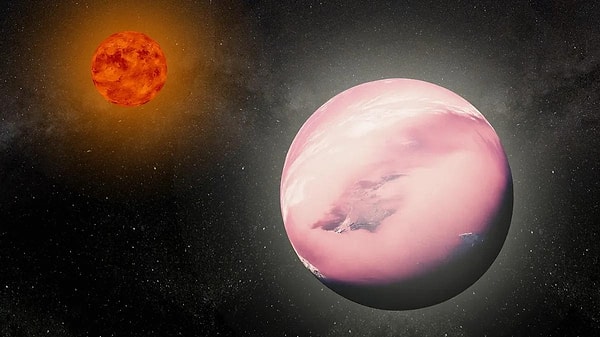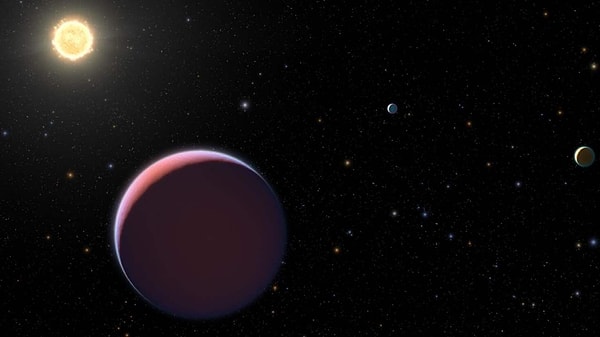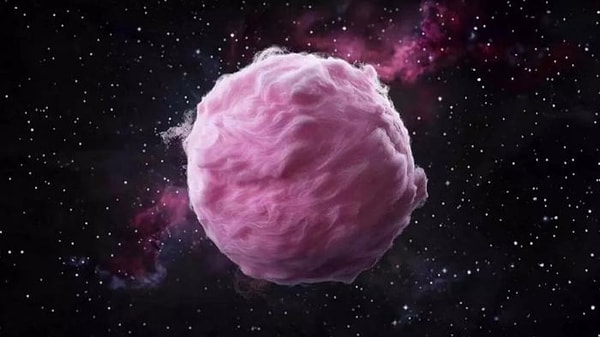NASA Discovers Cotton Candy-Like Super Soft Planet Bigger Than Jupiter
In 2023, NASA discovered a new planet named 'WASP-193b,' which has been found to be as light and fluffy as cotton candy and 'super soft.' This fascinating planet is even larger than Jupiter! Here are the details👇
Discovery of WASP-193b

Discovered in 2023 by the Wide Angle Search for Planets (WASP), an international collaboration of scientists searching for exoplanets, 'WASP-193b' is as light and fluffy as cotton candy. The planet was identified by a team led by astronomer Khalid Barkaoui from the University of Liège in Belgium.
Initial Findings

Initial findings indicated that the 'Cotton Candy Exoplanet' is located 1,232 light-years away from Earth. Despite being larger than Earth and even Jupiter, it is notably less dense and very lightweight. The planet's exact composition remains unknown, but it is known to have extremely high temperatures and to move at high speeds.
Composition and Characteristics

'WASP-193b' is a gas giant exoplanet orbiting an F-type star, and it is suspected to be composed mostly of hydrogen and helium, similar to other gas giants in the galaxy. Astronomer Khalid Barkaoui from the Massachusetts Institute of Technology (MIT) explained, 'We call the planet super fluffy because it is mostly composed of light gases rather than solid materials.'
Size and Density

The giant 'super soft' planet, described as being as light as cotton candy, is about 1.464 times the size of Jupiter. However, it has been recorded as the second least dense planet discovered to date. Francisco Pozuelos, an astronomer from the Institute of Astrophysics of Andalusia, stated, 'We cannot explain how this planet formed.' He mentioned that scientists need to take a closer look at the planet's atmosphere to get more answers. The orbital period of 'WASP-193b' around its star is 6.2 days.
Keşfet ile ziyaret ettiğin tüm kategorileri tek akışta gör!


Send Comment